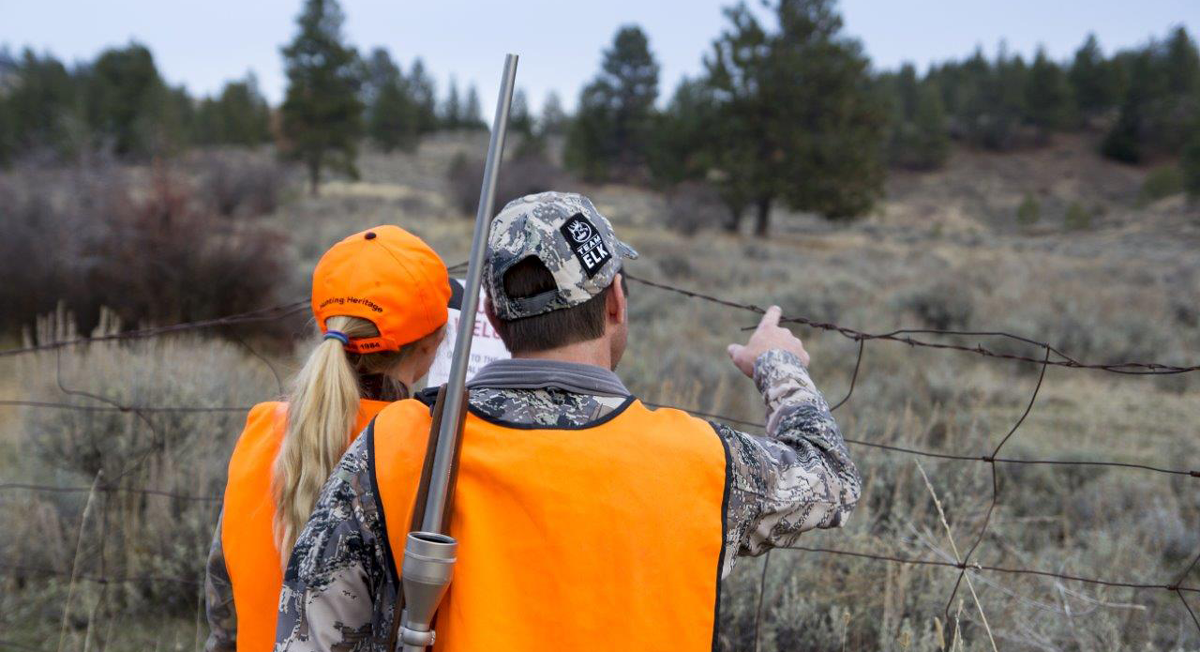Spending in the overall hunting and shooting sports market grew 11 percent in 2018, according to a new Southwick Associates report. Despite well-publicized decreases in the firearm and ammunition categories, 2018 sales for accessories and support equipment grew, driving the overall market to a total of $21.3 billion in retail sales.
“The data show what we’ve been suspecting – the hunting and shooting markets are performing better than recent media coverage indicates,” said Rob Southwick, Southwick Associates president. “Consumers are not as concerned about firearm restrictions and have shifted towards accessorizing previous years’ purchases and catching up on delayed equipment purchases. The overall market is still strong.”
Strength in the hunting and shooting sports market is vital to conservation since an 11 percent excise tax on guns and ammunition is directly funneled toward funding conservation work from coast-to-coast.
“Much of the sales increases can be attributed to consumers high-grading their purchases versus actual unit increases,” said Nancy Bacon, Southwick Associates vice president. “For the categories tracked, the average sale increased 20 percent in 2018 versus the previous year. Total units were down seven percent, driven primarily by decreases in the ammunition, blackpowder and reloading categories.”
Despite softness in the overall firearms categories led by declines in modern sporting rifles, total dollar sales of traditional rifles and shotguns each increased despite slight drops in total units sold. The largest growth rates were seen in the firearm parts, optics, shooting accessories and hunting equipment categories, each with double-digit increases as measured in retail dollars. Other categories tracked include ammunition, apparel, reloading, blackpowder, storage and more, with details for more than 100 specific subcategories.
Additionally, the American Hunter reports more people are hunting in the Southeast and West while hunter participation declined in the Northeast and upper Midwest.
Go here for more information.
(Photo source: Rocky Mountain Elk Foundation)
